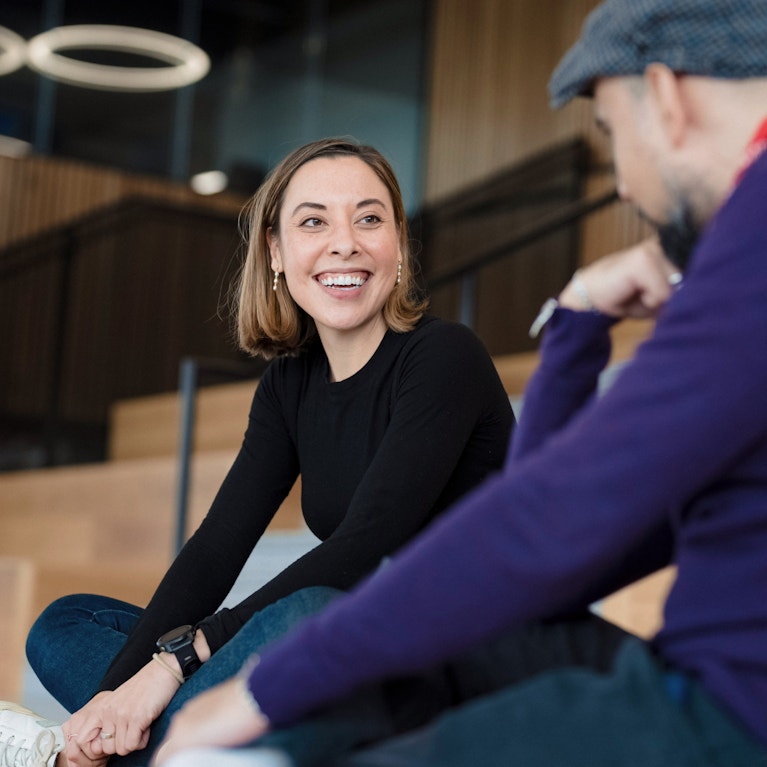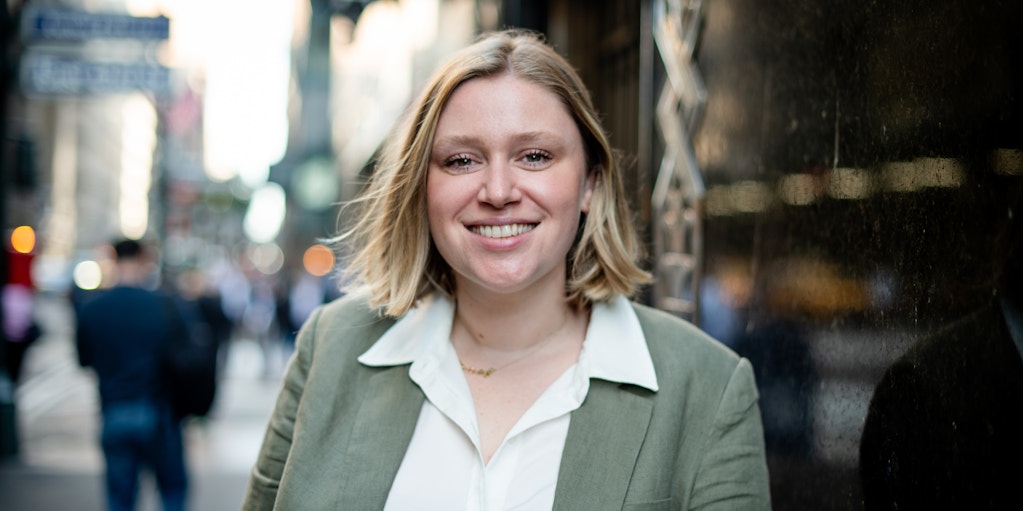
15 minutes with: Charlotte Ledger
Tags
Our experts are at the forefront of bringing ingenuity to life for our clients. They accelerate new growth ideas from concept, through design and development to commercial success. And they revitalise organisations with the leadership, culture, systems and processes to make innovation a reality.
In this series, you’ll meet some of the brilliant minds creating change every day.

How would you describe what you do at PA?
I work at the intersection between technology, design, and business, and I specialise in customer experience. I help our clients uncover customer insights to shape impactful customer experiences that meet overall strategic goals. These goals might be to grow the existing customer base, appeal to new audiences, reduce complexity, remove friction, or change manual processes into digital processes to improve efficiency.
It’s super important for brands to build a relationship with their customers. Historically, CPG brands, for example, haven’t had a direct relationship with the customer; they’ve sold their products through retailers like Walmart and Target. But now, with all the digital tools we have at our disposal, there’s been a massive shift towards direct-to-consumer, with new disruptor brands constantly evolving. Legacy brands need to develop a deeper connection with audiences to provide more value, and the most successful brands do this by focusing on the customer experience, not just the product. New laws on data privacy and use of third-party data mean that it’s harder to collect and utilize customer data. This is another driving force, and why we’re seeing more brands invest in digital experiences.
What makes PA unique?
The uniqueness about PA is the people. I love the people that I work with and the processes we have in place. We’re not stagnant. We have a lot of flexibility depending on the client problem, so we can put together the right combination of people and methods to solve that problem. It’s not rinse and repeat, doing the exact same thing over and over again. There’s lots of variety in the type of challenges and problems I get to solve, and I can bring that experience to all of my client engagements.
We help our clients interact with their customers at the right time and build stronger relationships with them, and develop strategies to leverage new technologies, such as AI, to make more tailored experiences.”
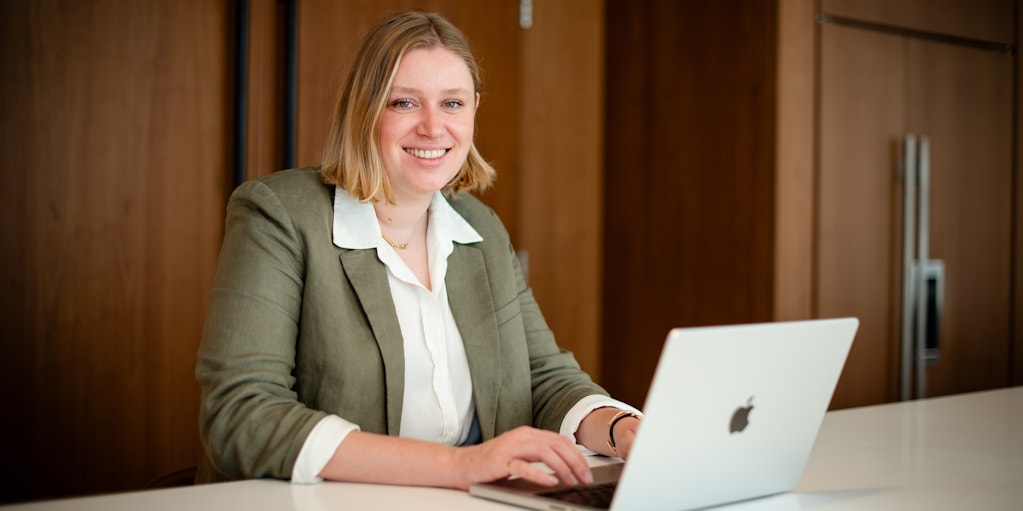
How have clients’ problems, and the way that you solve them, changed in the past few years?
AI has definitely made an impact in terms of the types of challenges or the way we might solve them. Let’s take customer service as an example. In almost every customer survey we have conducted, when you ask customers which method they prefer for customer experience, they will always opt for speaking to a human instead of a chatbot. Historically, chatbots have been coded to have a few set responses to a few set questions, and when a question is asked that isn’t in a pre-coded list, it doesn’t have a response. This is a terrible customer experience. Increasingly, we will see large language models (LLMs) like ChatGPT being used for customer service to improve those customer interactions and help brands recover from frustrating customer experiences, quicker.
I think there is so much potential to reach customers in ways we couldn’t before. We can use AI to speak new languages, localize content, and personalize messaging.”
Brands can utilize AI to relate to more of their audience, fine-tuning the tone of voice depending on, for example, whether they live in Queens or Manhattan.
How do you apply ingenuity to solve client challenges?
Working at the intersection of technology, design, and business really is a melting pot of innovation, which goes hand-in-hand with ingenuity. The role of ingenuity is really about how those three things – technology, design, and business – come together in a way that has an impact. We’re often innovating our own processes to get better at coming up with the best ideas that not only solve customer need, but also solve the business need with the technology that’s available. I think you can have a great idea or solve a customer problem, but if it’s not solving a business problem, it’s not going to be viable. It’s about really understanding what those unmet needs are and digging deeper beyond what is perceived as the problem, because it might not actually be the real problem.
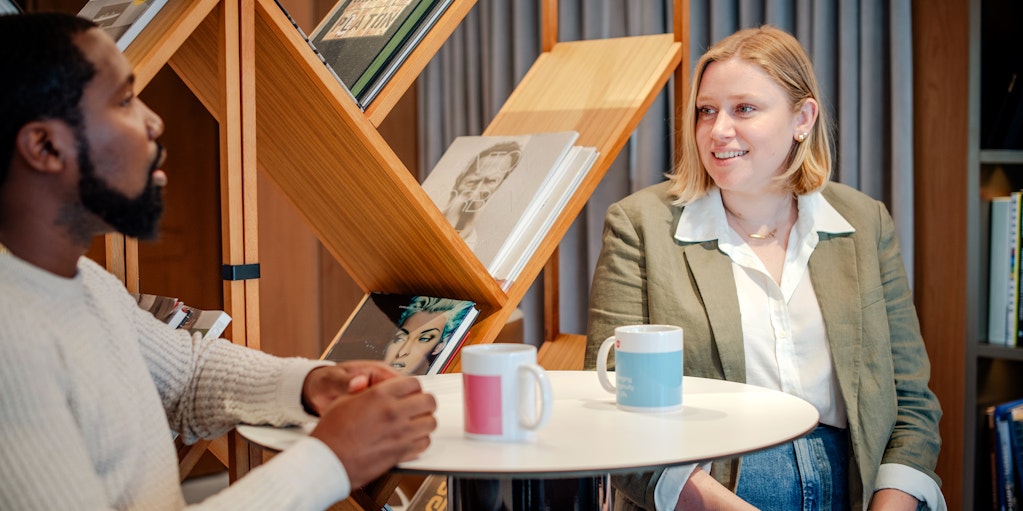
What’s most exciting in your area of work right now?
I’m super inspired by The Cambridge Group becoming part of PA, because they bring lots of interesting innovation methods. I’ve also been working really closely with some of my colleagues in our Human Insights team and learning a lot more about customer research.
What I’m really excited by is bringing growth strategy, design, human insights, and digital together to make a difference, and drawing on diversity of thought from each of those areas of the business.”
We have experts in each area, all trained in different methodologies for solving problems. When we bring those areas together, we can solve problems in a different way. Growth strategy brings depth to understanding the market and customer demand. Human Insights have a suite of tools to deeply understand the customer. Design and digital brings expertise in designing digital and physical experiences and products. It’s a winning recipe for innovation.
Which projects are you most proud of?
One that I’ll definitely call out, because it’s just launched, is our work with American Student Assistance to figure out a ‘for profit’ arm of their organisation. We identified an opportunity for a new digital product called TeenVoice, a research platform for engaging teens who are notoriously difficult to do customer research with because of data protection laws. They’re generally a difficult audience to recruit for. We developed the customer experience for TeenVoice, and that’s just gone live.
Other highlights include designing a smoking cessation programme, designing an end-to-end broadband internet service, creating an experience that helps kids understand the value of money with an Internet of Things connected Money Box, and identifying new opportunities for a brand that helps mums through the postpartum period.
I’m always really interested in projects that use technology for good. I worked with a health start-up on a smoking cessation program which was about turning an in-person cognitive behavioural therapy programme into an app experience, paired with a smoking device to provide nicotine replacement therapy. Quitting smoking is a psychological and physiological problem, so you need to tackle both. The app utilized technology to help with something that humans really struggle to do. Similarly, the connected Money Box helped children to understand the value of money in a cashless society, and used digital tech to teach kids, in a fun way, about how important money is. There’s a lot in the media around the negative impacts of digital on society, but I’ve always focused on how we can use it for good.
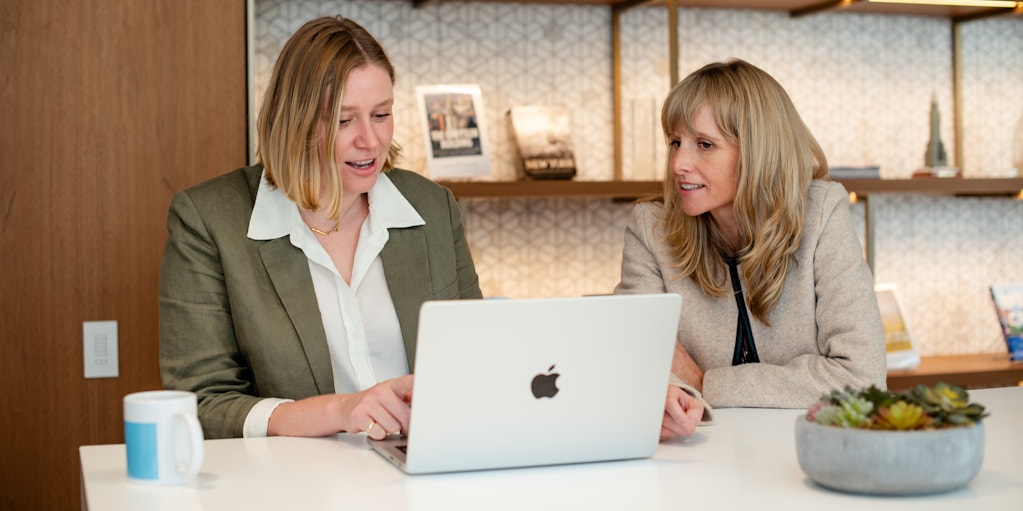
What advice would you give to somebody who wanted to do what you do?
Focus on what interests you and what you’re passionate about because if you don’t, you won’t spend time getting good at it. Being a user experience (UX) designer or customer experience (CX) designer takes practice and experience. It takes time to learn, and you need to do that over and over again to get to a point where you master your craft. You can’t do that if you’re not interested and passionate.
For designers, understanding the business impact is crucial. A concept might seem like a really great idea, but it will only make it to market if you have buy-in from business stakeholders and technology stakeholders. It’s really important to learn the language and really understand what business stakeholders care about so that you can make an impact with the design or the creation that you’ve developed.
What are your future goals, professionally and also personally?
I’m always continuing to learn new different methods in innovation, different ways of solving problems, unearthing challenges, and understanding customers. So, my future goal is to stay humble and continue to learn. I also moved from the UK to New York about four years ago, so I’m continuing to build my network here and navigate the nuances between the two markets. I love the faster pace of the US market, and the focus on outcomes over outputs. In the CX world, there’s a need for decisions to show a clear financial impact, so I’ve been brushing up on my cost-benefit analysis skills so I can continue to demonstrate how being more customer-centric isn’t just the right thing to do, it’s also the right financial decision to make.
As for non-work related goals, I love an adventure. I’ll be heading to South Korea and Japan this year, exploring a couple US cities and their food scenes, and hopefully still have time for a National Park or two before the year is out.
Explore more
